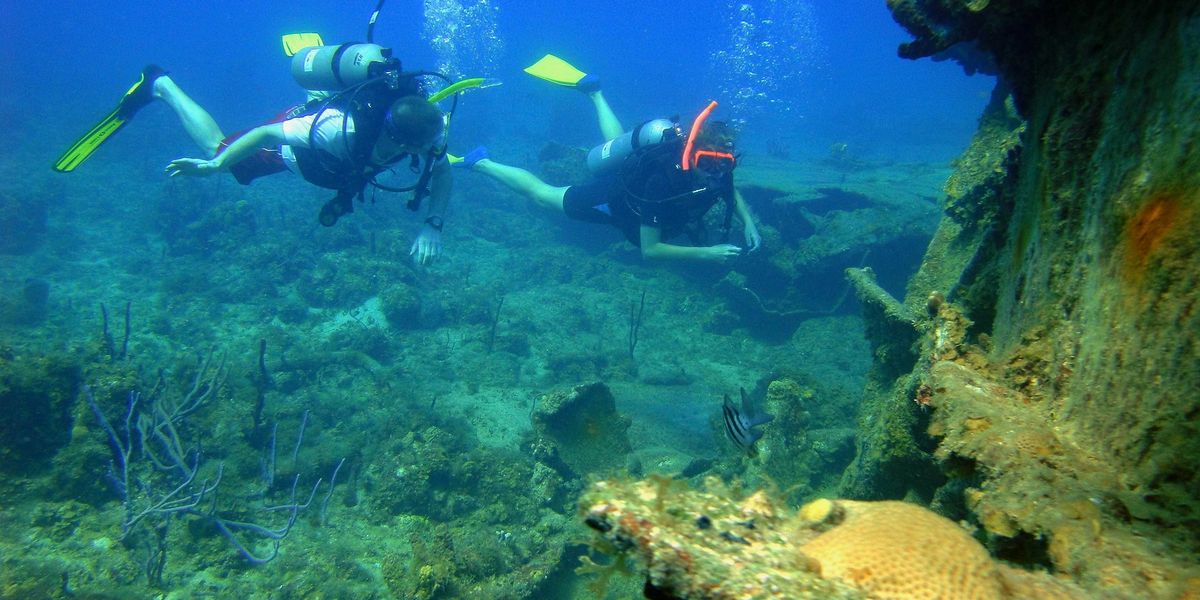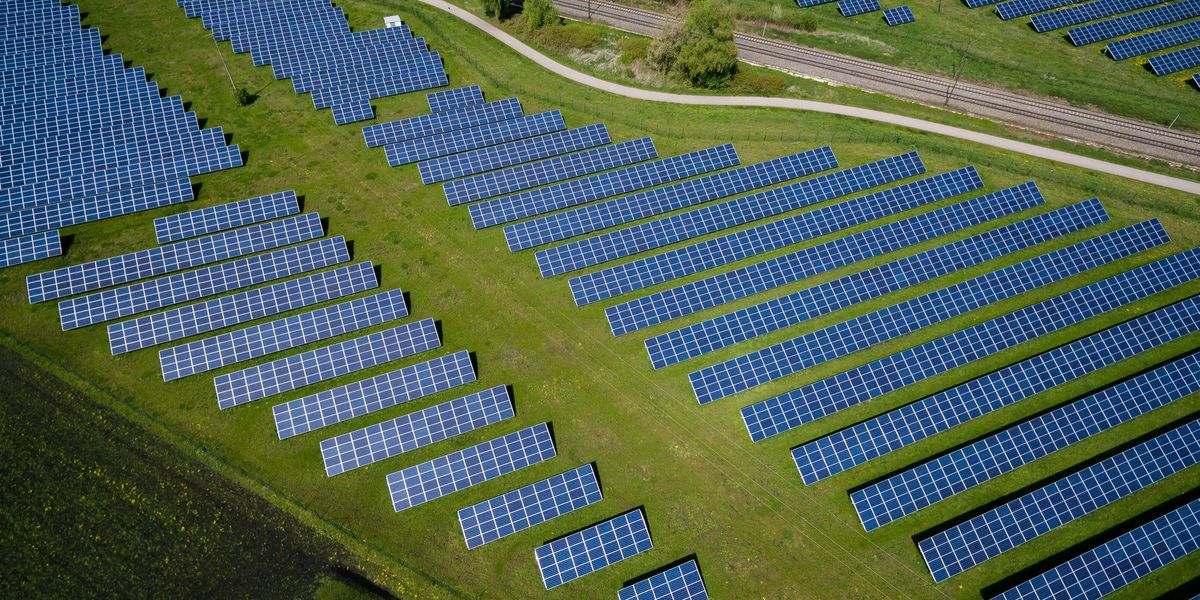Oceans are losing light as marine ecosystems face narrowing zones for life
Large areas of Earth’s oceans have darkened over the past two decades, shrinking the sunlit zones where most marine life thrives, according to a new study.
Ian Sample reports for The Guardian.
In short:
- Between 2003 and 2022, 21% of the global ocean darkened, reducing the photic zone — the sunlit upper layer where marine organisms rely on light for survival — across 75 million square kilometers.
- The study found that in 9% of ocean areas, the photic zone became 50 meters shallower, and in 2.6% it contracted by 100 meters, disrupting ecosystems that support fish, phytoplankton, and global oxygen production.
- While some coastal regions naturally darken due to runoff and nutrient upwelling, offshore darkening appears linked to global warming and shifts in ocean circulation, with hotspots near the Southern Ocean and Gulf Stream.
Key quote:
"Marine organisms use light for a whole variety of purposes. They use it for hunting, for mating, for timing reproductive events. They use it for basically every single part of their biology."
— Dr. Thomas Davies, marine conservationist, University of Plymouth
Why this matters:
The upper layers of the ocean serve as Earth’s biological engine, driving photosynthesis, feeding marine food webs, and absorbing carbon. Most fish and marine mammals depend on well-lit waters for foraging and reproduction. When these zones shrink, animals are squeezed closer to the surface, intensifying competition for food and space. Changes in light also interfere with mating and migration patterns. Now even the open ocean is dimming, far from land-based pollution. Rising temperatures and altered currents from climate change are prime suspects. This shift could destabilize fisheries, reduce oxygen production, and compromise the oceans’ ability to lock away carbon, affecting both biodiversity and the climate system on which life depends.
Related: Surprise! Unexpected ocean heat waves are becoming the norm













